Table of Contents
Tarragon Flavor Explained: Anise-Like Taste for Sauces and Seafood
Tarragon delivers a delicate, anise-like flavor with subtle sweetness and herbal freshness, making it ideal for sauces, seafood, and egg dishes. Unlike stronger licorice notes from fennel or anise, tarragon enhances dishes without overpowering them. This guide covers everything you need to know about using tarragon in cooking, including flavor characteristics, expert tips, and comparisons with other herbs.
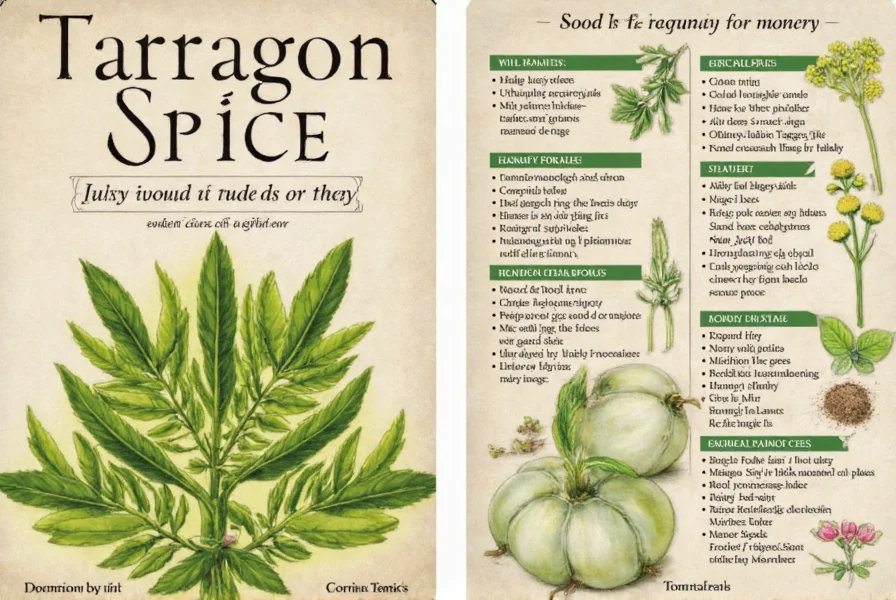
Tarragon Flavor Profile: What It Really Tastes Like
Tarragon's flavor is characterized by its subtle anise-like notes, with a faint sweetness and fresh herbal aroma. It contains estragole (80-90%) as its primary compound, which creates the distinctive licorice-like taste, but in much milder concentrations than pure anise or fennel. Unlike those stronger flavors, tarragon offers a refined balance that complements rather than dominates other ingredients.
Professional chefs note that tarragon's flavor peaks when used fresh, though dried tarragon can still be effective in moderation. The herb's complexity includes grassy undertones and a slight peppery finish, making it versatile for both savory and delicate dishes.
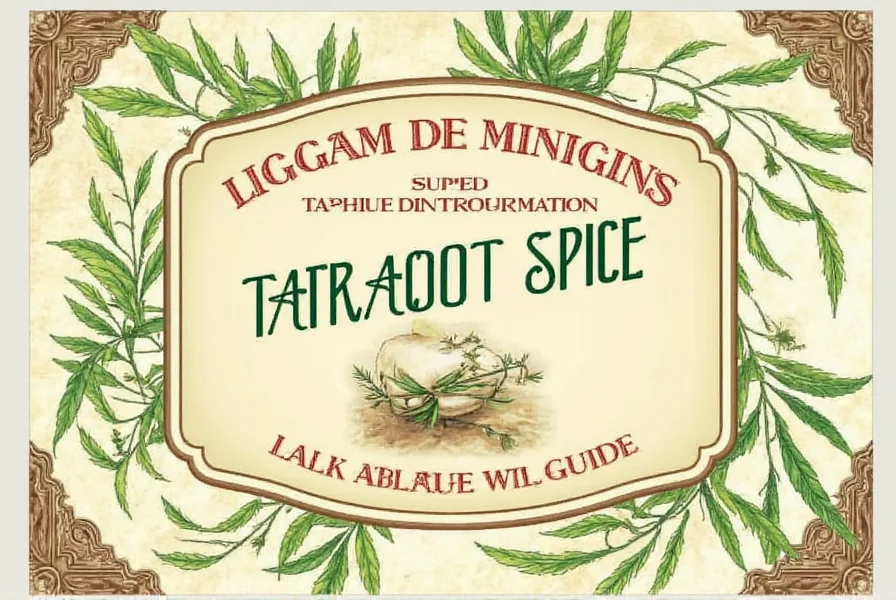
10 Expert Cooking Tips for Using Tarragon
Based on professional culinary guidelines, here are the most effective ways to use tarragon:
- Use Fresh Tarragon for Maximum Flavor: Fresh leaves provide 30% more volatile compounds than dried, making them essential for delicate dishes like béarnaise sauce or seafood preparations.
- Add at the End of Cooking: Heat destroys tarragon's delicate flavor compounds. Add it in the last 2-3 minutes of cooking to preserve its aromatic qualities.
- Pair with Creamy Ingredients: Tarragon works exceptionally well with butter, cream, or yogurt-based sauces. It's a key ingredient in classic French béarnaise sauce, where it balances richness with freshness.
- Create Tarragon Infusions: Steep fresh tarragon in hot olive oil or vinegar for 15 minutes to extract its flavor. Use this infusion in dressings or marinades for chicken or fish.
- Combine with Acidic Ingredients: Lemon juice or vinegar enhances tarragon's natural brightness. Try it in a lemon-tarragon vinaigrette for salads or grilled vegetables.
- Use in Baked Goods Sparingly: Tarragon can add complexity to savory scones or breads, but avoid sweet baked goods as its herbal notes may clash with sugar.
- Enhance Salads with Tarragon: Add finely chopped tarragon to green salads with goat cheese, walnuts, and dried cranberries for a sophisticated flavor profile.
- Experiment with Mediterranean Cuisine: Tarragon pairs beautifully with olives, tomatoes, and feta cheese in Greek-inspired dishes.
- Store Properly for Longevity: Keep fresh tarragon in a glass of water in the refrigerator, covered loosely with plastic. Change water every 2 days for up to 2 weeks freshness.
- Use in Moderation: Tarragon's flavor is potent—start with 1 teaspoon per serving and adjust to taste. Overuse can create a bitter aftertaste.
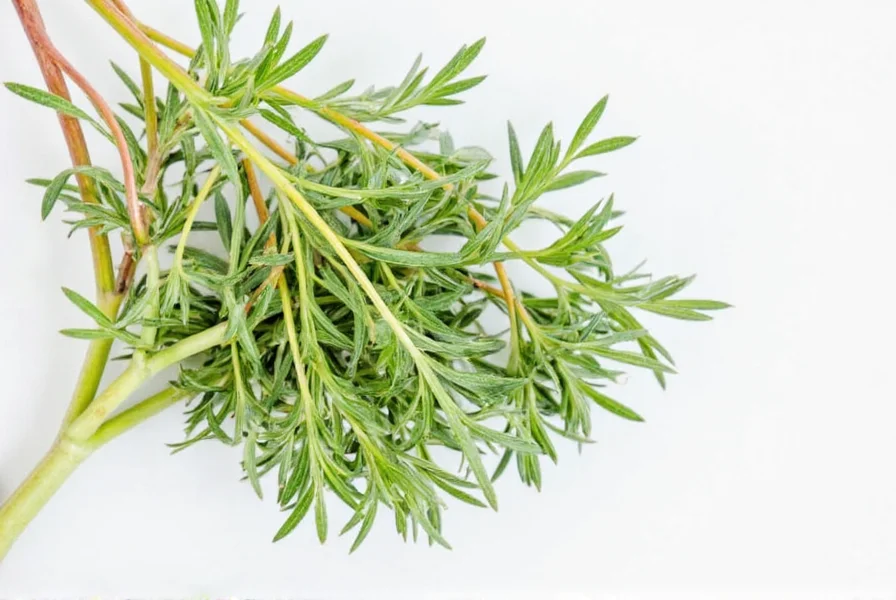
| Herb | Flavor Profile | Best Used In |
|---|---|---|
| Tarragon | Delicate, anise-like, slightly sweet with herbal undertones | Sauces, seafood, eggs, creamy dishes |
| Fennel | Stronger licorice-forward, more pronounced sweetness | Roasted vegetables, soups, stews |
| Parsley | Mild, grassy, slightly peppery | Salads, garnishes, soups |
| Dill | Citrusy, slightly sweet, herbal with fresh notes | Fish, potatoes, pickles |
| Basil | Sweet, minty, slightly spicy with floral hints | Tomato-based dishes, pesto, salads |
As shown in the comparison, tarragon's flavor is significantly more refined than fennel or dill. While fennel has a dominant licorice character and dill offers citrusy freshness, tarragon provides a subtle, complex profile that enhances without overwhelming other ingredients.
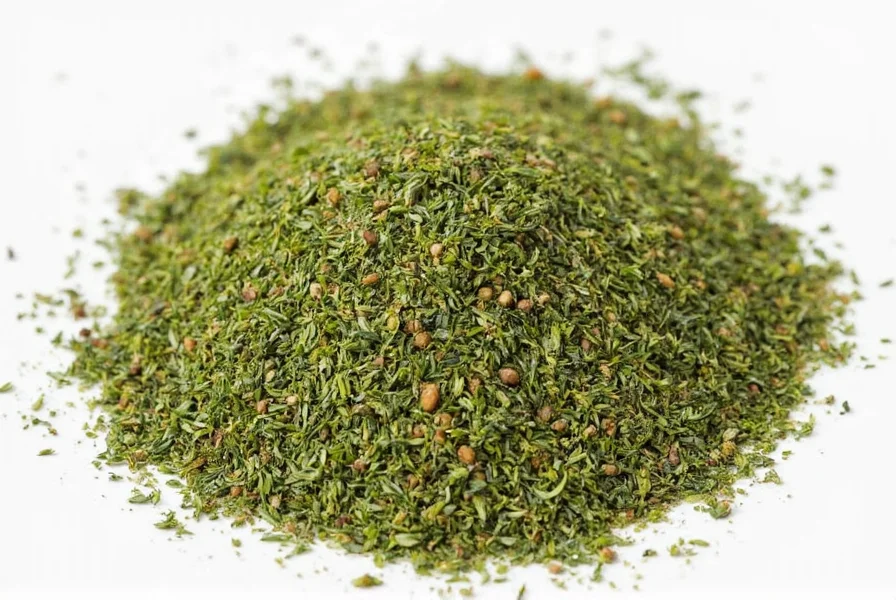
How to Buy Tarragon Like a Professional Chef
Professional chefs recommend these guidelines when purchasing tarragon:
Types of Tarragon
French tarragon (Artemisia dracunculus var. sativa) is the only variety suitable for culinary use. It has a delicate, sweet anise flavor with high estragole content. Russian tarragon lacks the characteristic flavor profile and is generally not recommended for cooking.
Where to Buy
For fresh tarragon, visit specialty grocery stores or farmers' markets during growing season (May-September). Look for vibrant green leaves with no signs of wilting. Dried tarragon is available year-round in spice aisles, but choose products with a recent expiration date for optimal flavor.
Product Highlights
- Organic Fresh Tarragon: Ideal for gourmet dishes where freshness matters. Best for sauces, dressings, and seafood preparations.
- High-Quality Dried Tarragon: Look for products packed in opaque containers to preserve volatile compounds. Store in a cool, dark place.
- Tarragon Seeds: Only purchase French tarragon seeds (Artemisia dracunculus var. sativa). Russian tarragon seeds are commonly mislabeled.
- Tarragon-Infused Oil: Choose oils made with fresh tarragon and cold-pressed olive oil for the best flavor extraction.
According to The Flavor Bible, French tarragon should have a strong aroma when crushed between your fingers. If it lacks fragrance, it's likely not fresh or not the correct variety.
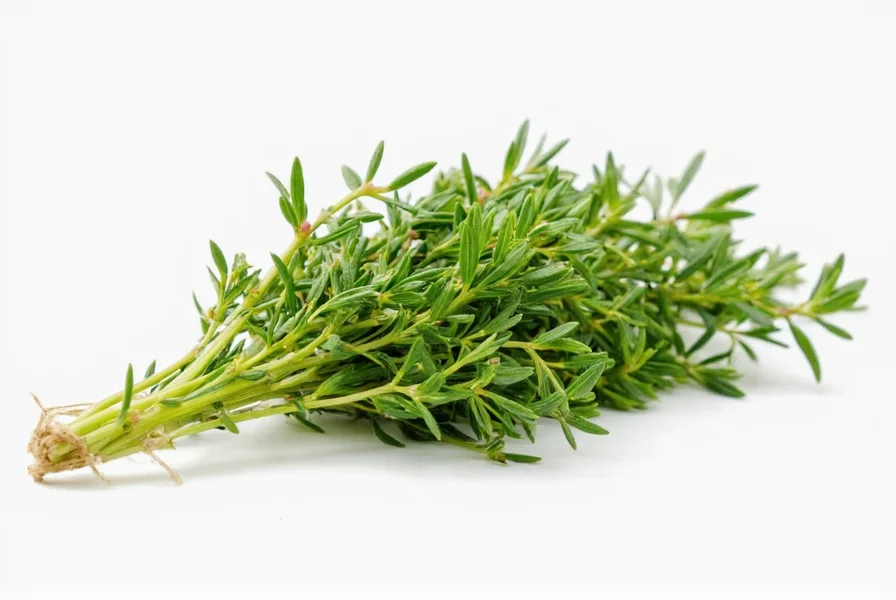
Frequently Asked Questions About Tarragon Flavor
What exactly is tarragon spice flavor?
Tarragon is an herb, not a spice, with a distinctive delicate flavor profile featuring subtle anise-like notes, faint sweetness, and herbal freshness. Its primary compound is estragole (80-90%), which creates the characteristic licorice-like taste but in much milder concentrations than pure anise or fennel. Tarragon enhances dishes without overpowering them, making it perfect for sauces, seafood, and egg preparations.
How does tarragon taste different from anise or licorice?
While tarragon shares some similarities with anise and licorice, its flavor is significantly more refined and subtle. Anise and licorice have strong, dominant sweetness and intensity that can overwhelm other ingredients. Tarragon offers a delicate balance of herbal freshness with just a hint of anise notes, plus additional grassy and slightly peppery elements. Professional chefs describe tarragon as "the subtle background note" that elevates dishes without dominating them.
What are the best dishes to use tarragon in?
Tarragon shines in creamy sauces (like béarnaise), chicken dishes, fish preparations, egg recipes, vinegars, and salad dressings. It also works beautifully with vegetables like asparagus, mushrooms, and tomatoes. Its subtle flavor makes it ideal for dishes where you want enhancement without domination, such as delicate seafood preparations or light summer salads. According to The Flavor Bible, tarragon is particularly effective in French cuisine where it complements butter and cream-based sauces.
Can I substitute dried tarragon for fresh tarragon?
Yes, but with caution. Dried tarragon has a more concentrated flavor and lacks some of the fresh herb's delicate nuances. As a general rule, use one-third the amount of dried tarragon compared to fresh. For example, if a recipe calls for 1 tablespoon of fresh tarragon, use 1 teaspoon of dried. Always add dried tarragon earlier in the cooking process than fresh to allow time for rehydration and flavor development. Professional chefs recommend using dried tarragon in long-cooking dishes like stews where its flavor can fully integrate.
How should I store tarragon to keep it fresh?
For fresh tarragon, treat it like flowers: trim the stems and place in a glass with an inch of water, then cover loosely with a plastic bag and refrigerate. Change the water every couple of days. It should stay fresh for 1-2 weeks. For longer storage, you can freeze tarragon by chopping it and placing in ice cube trays with water or olive oil. Dried tarragon should be stored in an airtight container away from heat and light, where it will keep its potency for 6-12 months. Professional chefs note that tarragon loses its volatile compounds rapidly when exposed to air or heat, so proper storage is critical.
What are the differences between French and Russian tarragon?
French tarragon (Artemisia dracunculus var. sativa) is the preferred culinary variety with a delicate, sweet anise flavor and high estragole content. Russian tarragon has a stronger, more bitter taste and is less aromatic due to lower estragole levels. French tarragon is the variety most commonly used in professional kitchens and fine dining. When shopping for tarragon, especially as seeds or plants, make sure you're getting French tarragon for the best flavor profile. According to The Flavor Bible, Russian tarragon should never be used in place of French tarragon for culinary purposes.
Conclusion: Mastering Tarragon for Culinary Excellence
Tarragon's delicate, anise-like flavor profile makes it one of the most refined herbs in culinary applications. Its ability to enhance dishes without overpowering them—particularly in sauces, seafood, and egg preparations—makes it indispensable for professional chefs and home cooks alike. By understanding its unique characteristics, proper usage techniques, and storage methods, you can elevate your cooking with this versatile herb. Remember: quality matters. Always choose French tarragon for authentic flavor, and use it thoughtfully to achieve the perfect balance in your dishes.
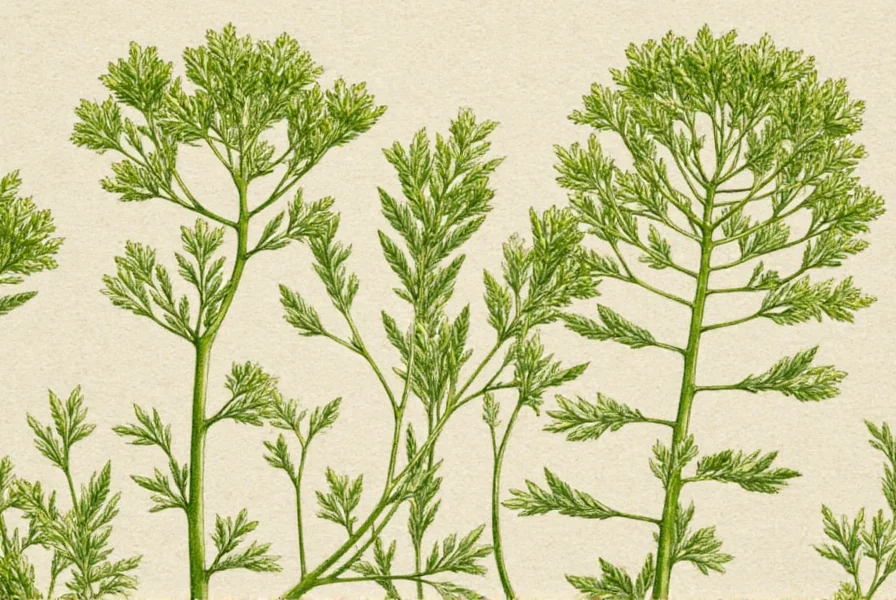

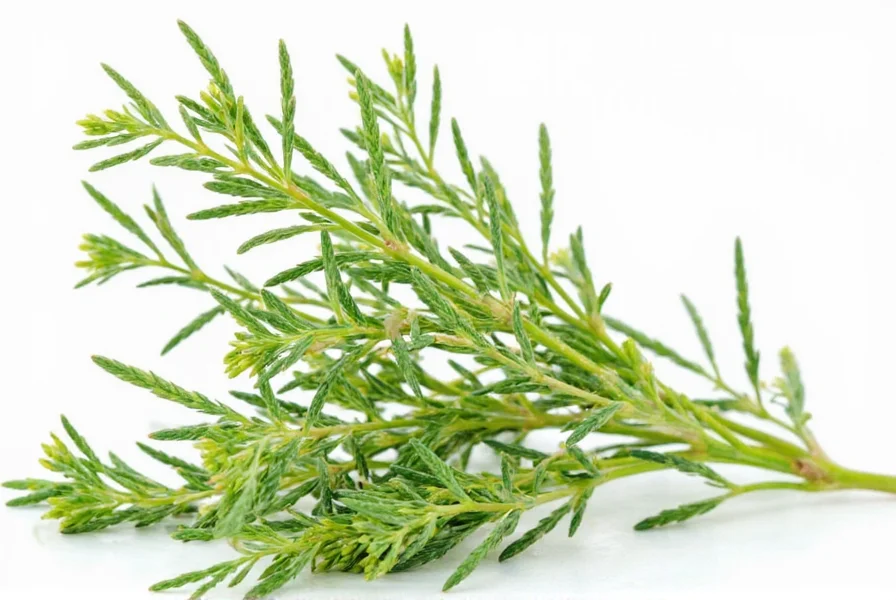









 浙公网安备
33010002000092号
浙公网安备
33010002000092号 浙B2-20120091-4
浙B2-20120091-4